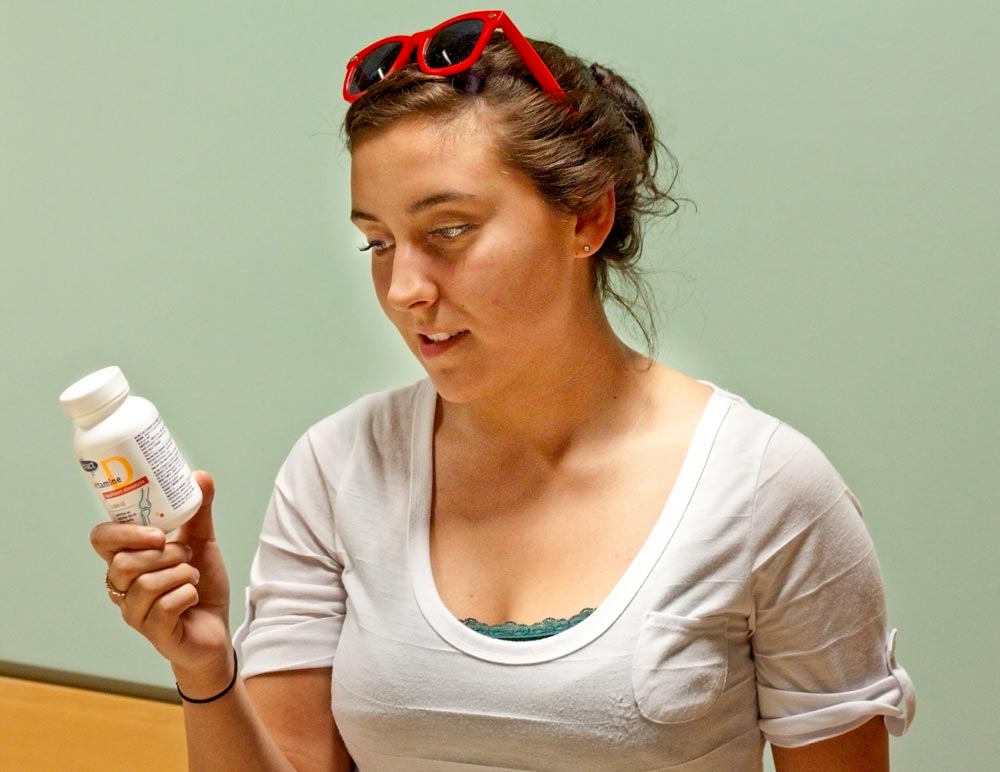By Lindsay Brink
Anyone who has watched the reality phenomenon Jersey Shore has been exposed to cast member Mike “The Situation” Sorrentino’s simplistic philosophy “G.T.L.: Gym, Tan, Laundry.” Could this basic style of living translate from summer vacation to the increasingly cool October? Well, everyone should be doing their laundry, and even hitting up the gym once in a while, but it remains to be seen whether or not they should head to the tanning salon during the cold, grey winter months ahead.
According to the Canadian Dermatology Association, the answer is no. The World Health Organization’s position on artificial tanning equipment is that people of all ages, and especially those 18 and younger should avoid indoor tanning. The reason being that the ultraviolet radiation that causes that sun-kissed glow is also responsible for irreparable skin damage, says Dr. Martie Gidon, a board certified dermatologist, and the president of the Toronto Dermatological Society.
There are two types of radiation to which the sun exposes us, Gidon explained. UVA rays are the “aging rays”, responsible for cosmetic changes in skin, while UVB rays are the “burning rays”, which leave sunbathers in various shades of red while increasing their risk of developing melanoma. However, UVB also enables the synthesis of vitamin D in the body, which in turn helps the body absorb calcium properly.
Some, like William Maidment, see indoor tanning as an easy way to battle vitamin D deficiency, especially in the winter months. Maidment is the owner of the Sol’exotica tanning salon franchise on Church Street, just a couple minute’s walk from Ryerson campus. There’s no better way to get what the body needs, he asserts, with a one 10 minute tan producing of the same amount of vitamin D as you would get from 100 glasses of milk.
Many of Sol’exotica’s customers, of whom 20-30% are students, come in for the cosmetic benefits of the salon, yet still most tan for the emotional benefit. “We get people who suffer from Seasonal Affective Disorder, and skin conditions. We get athletes, because vitamin D boosts endurance and immunity. It puts you in a good mood”.
The salon also gets a lot of clients who are looking to get a “base tan” before going on vacations to warmer climates, the necessity of which, Dr. Gidon argues, is a myth. Maidment disagrees, maintaining that it “lowers the risk of overexposure and burning, which does damage.” He also made it clear that Sol’exotica, a member of the Joint Canadian Tanning Association and the Smart Tan Network, is very upfront about the risks, and takes every precaution on behalf of customers.
First of all, each bed is subject to guidelines set by Health Canada and each customer is subject to a skin type analysis, which determines which tanning bed they can safely use. Those who are classified as type one, unable to tan, are turned away, as the risk is too great. In addition, all tanners are required to put on protective eyewear.
In the end, the most basic element in tanning safely is moderation, Maidment explains, comparing a quarter of an hour in a tanning booth to having a glass of wine. “One glass is okay. It’s recommended,” he says, “but if you’re drinking a bottle a day, you have a problem”.
Gidon has a less favourable comparison in mind. When she sees young people who tan, she asks them if they smoke. They often scoff, she says, protesting that smoking is detrimental to their health. This is exactly her point. “What smoking does to your lungs, tanning does to your skin”, she states.
In Gidon’s eyes, those who suffer from a vitamin D deficiency can take daily supplements; those who wish to appear tan can use self tanner, bronzer or makeup. In the end, she says, “We need to get out of the idea that tanning is healthy.”
Photo: Tim Alamenciak










Leave a Reply